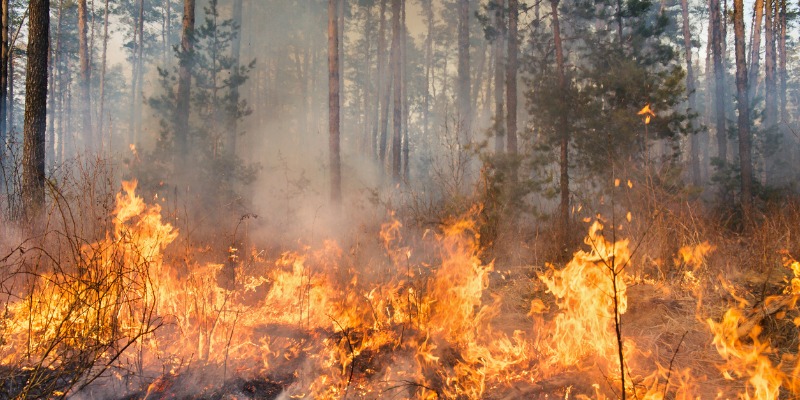Ontario’s gone weed crazy
By CONNIE WOODCOCK, Toronto Sun
Last Updated: May 22, 2010 5:40pm
Any day now, urban Ontarians are going to discover what the rest of us already know: It’s possible to have snow in May.
Wherever the dandelion population thrives — pretty well everywhere now — dandelion fluff starts drifting down, first just a little, then a lot, until the sky is full of it. It can go on for days and every one of those little white bits is a dandelion seed looking for a lawn to ruin.
We’ve had a full year of Dalton McGuinty’s pesticide ban now and what have we learned?
That none of the “alternative” weed control products work.
That it’s impossible to dig a zillion dandelions out of a lawn by hand.
That in big enough numbers, dandelions can make a whole town or city — even a province — look shabby and depressed.
That when the grass is pushed out and the weeds take over, that nice lush lawn turns rock-hard and dust-dry. Mine is brown already and it’s not even June.
That you have to mow your grass more often to keep it looking decent, if not great. That means way more air pollution as lawn mowers are heavy polluters.
And this ban was so unnecessary.
We’re still awaiting proof that lawn care products cause cancer or anything else. Health Canada says it doesn’t.
Worse, there are characteristics of a healthy lawn that Dalton may have overlooked in his rush to legislate. Here are a few, courtesy of Scott Canada, which makes weed killers:
A 50-by-50-foot lawn produces enough oxygen daily for a family of four.
Eight healthy front lawns have the cooling effect of 70 tons of air conditioning.
Grass plants capture greenhouse gases.
Dense, healthy grass slows water runoff, removes contaminants and traps dirt and dust.
There are many more serious botanical problems needing attention. One of the most serious is the arrival of Roundup-resistant superweeds in Ontario.
The Windsor Star reported recently that the University of Guelph has identified ragweed resistant to the popular agricultural chemical on a Windsor-area farm.
Roundup is the supposed miracle chemical that has permitted modern farmers to feed the world. If Roundup-ready seeds are used, a field can be sprayed and heavy cultivation isn’t needed, saving time, money and the soil itself.
But in the U.S., where the Monsanto chemical is in wider use than here, there are now 10 superweeds and farmers are forced to use more expensive chemicals or return to heavy cultivation which can cause serious soil erosion.
Then there’s the European weed garlic mustard that is squeezing out trilliums and other native plants right up to maples in Ontario as far north as Algonquin Park, according to a University of Guelph study. A single-stem plant with small white flowers, it’s even invading dense forests, according to a Canadian Press report last week.
Yes there are lots of horticultural things to worry about in Ontario. Too bad weed spray wasn’t one of them. But as we all know, it’s easier for government to do the popular thing, no matter how wrong-headed, than the right thing.
Last week, my husband and I were looking at houses with our real estate agent. We saw a couple of tired-looking bungalows marooned in a sea of rubbery stems so resistant to lawn mowers. And then we came across one that was everything we wanted inside and out — well-tended, trimmed and welcoming. It took awhile, but finally it dawned on us that there was something wrong with this picture — there wasn’t a single yellow head bobbing above the grass.
The mean-spirited might have ratted out the owner to the weed police, but we just wandered out into the lush green and admired it as our feet sank into the cushiony turf.
In five years, such an experience will be a thing of the past we’ll have to tell our grandchildren about.
connie.woodcock@sunmedia.ca
![]()


